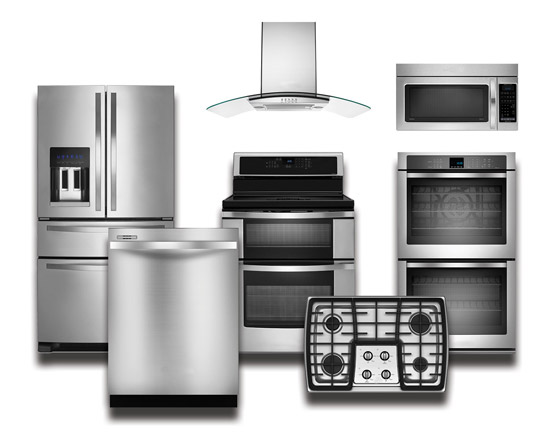
Eco Friendly Kitchen
Designing an eco friendly kitchen is a sure-proof way to save money and reduce energy costs. Besides going all green with your food choices, an eco-friendly kitchen also involves energy-efficient preparation of food, green cleaning habits, as well as using equipment that is made of sustainable materials. Every day, families spend their time in the kitchen, so you want to make sure that it doesn’t contain materials that might aggravate your health. Let’s go over some of the eco-friendly options you can add to your kitchen in order to make it eco-friendlier.
Eco-friendly flooring:
When it comes to flooring, the two most popular eco friendly options and cork and linoleum. They are both durable, sustainable options, but they do require some periodic maintenance.
Cork is made using tree bark, as it grows back and as such, ensures future supplies and reduces the environmental impact. It’s soft, comfortable, and moisture and water-resistant.
Linoleum is made of biodegradable materials and doesn’t produce any harmful vapors. It comes in a variety of colors and patterns and, although it’s resistant to moisture, it can be easily stained, so you need to be careful with your choice of color.
Eco-friendly cabinets:
Green kitchen cabinets are usually made of wood, as well as wood products made by using eco-friendly, sustainable practices. Unlike the traditional cabinets, their green alternatives are made using formaldehyde-free binders and glues, and organic compounds that emit little to no fumes. Alternatively, you can ask for cabinets built out of straw or wheat boards. Since they are made of wheat chaff, they are not only strong and durable but also eco friendly.
Green countertops:
Although there’s a variety of green countertops to choose from, most of them share some basic underlying factors, including:
- Sustainable and/or recycled materials
- Low-toxicity binders
- Green manufacturing processes
Eco-friendly countertops can be made from cement, recycled fly ash, glass and even paper. Some companies also use bamboo fiber and water-based glues for their countertops. On the other hand, you can always use salvaged and repurposed countertops made from stone and similar materials. They often feature a slight patina, which is ideal for those wishing to add more style to their kitchens.
Energy-efficient lights:
When it comes to lighting, the most energy-efficient options are fluorescent and LED lights. Fluorescent bulbs use around three quarters less energy when compared to incandescent ones, and once you consider that they generally last up to 10,000 hours, it becomes clear which one is a better and – more importantly – greener choice.
Energy-efficient appliances:
The last thing you want in your kitchen are energy-hungry appliances. Whether it’s a dishwasher, stovetop or a refrigerator, make sure to purchase is from manufacturers who follow government-set energy-efficiency guidelines. Some prefer using gas to power their appliances, while others rely on electricity. There is no right answer here, but if you’re looking for means to repair old appliances or you’re in the market for brand new ones, euro appliances are a safe, sustainable option, due to a large number of available parts and an excellent repair service.
Of course, these are just some of the eco-friendly options currently available on the market. Don’t rush your remodeling work and take your time to find and incorporate the greenest elements inside your household. Additionally, you might want to consider shopping locally grown, organic food. Processed foods are a nightmare for our health, so try to include fresh fruit and vegetables into your everyday diet. When it comes to waste, and there is always waste around the kitchen, you can always retrofit a cabinet to act as a recycling bin. Sorting out materials doesn’t require additional work, but it does wonders for the environment.
 WhosGreenOnline.com Your Online Magazine and Directory for Green Business, Product, Service and News!
WhosGreenOnline.com Your Online Magazine and Directory for Green Business, Product, Service and News!

